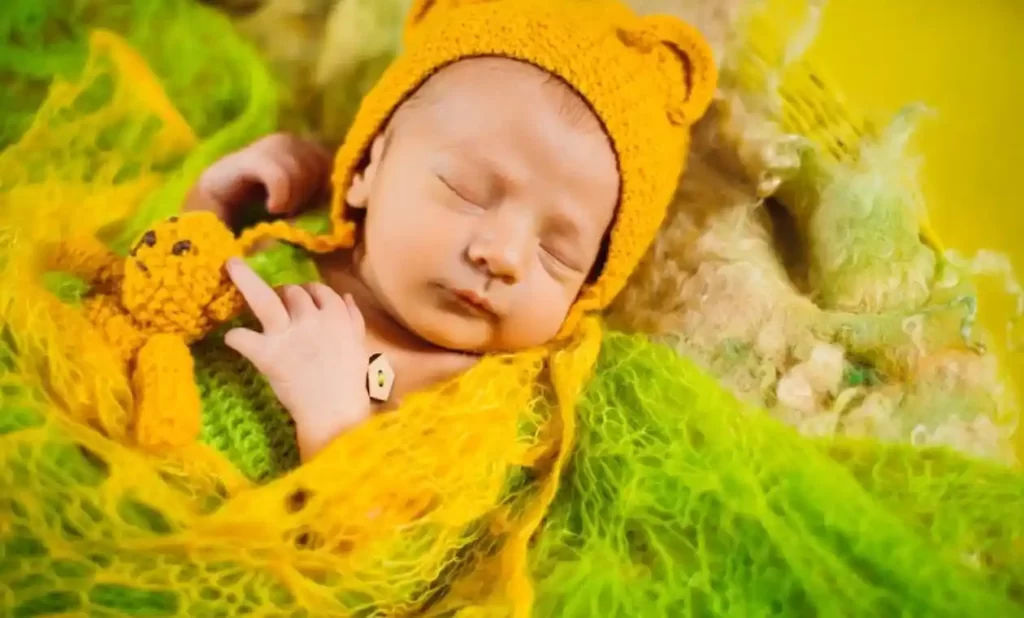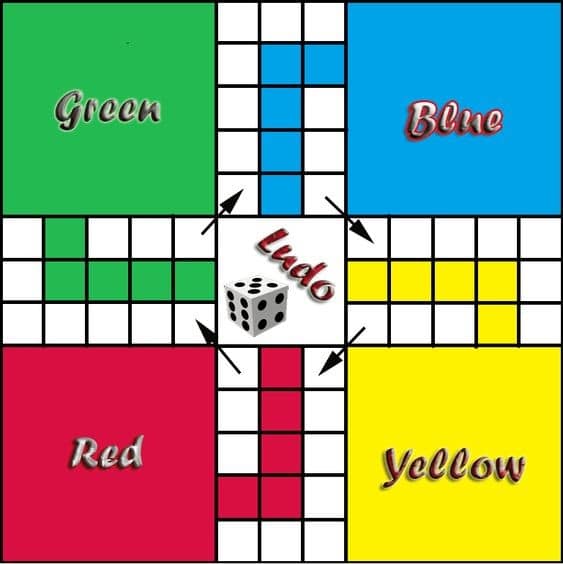Summarize this Article with:

Are you a new parent, wondering about that tiny “sacral dimple newborn” at the base of your baby’s spine? Fear not, for in this guide, we’ll demystify the world of sacral dimples in newborns. From “what are sacral dimples” to “how common are sacral dimples,” we’ve got you covered. And for those who are concerned about “sacral dimple causes,” we’ll delve into the intricacies of these little divots.
New parents, like you, often have questions about “sacral dimple symptoms” and “treatment options for sacral dimples.” And if you’re wondering about the different types of sacral dimples, you’re in the right place. Whether you’re using your favorite voice assistant like Alexa or Siri to guide you, or just searching on Google, our friendly and informative content is here to provide answers and ease your concerns.
What is a sacral dimple?
A sacral dimple, also known as a pilonidal dimple or coccygeal dimple, is a small, shallow depression or pit located at the base of the spine, typically just above or within the crease of the buttocks. It appears as a small, often hair-lined dimple or indentation in the skin. Sacral dimples are typically present at birth and may vary in size and depth.
Most sacral dimples are harmless and don’t cause any symptoms or health issues. They are a common congenital feature, and many people have them without even realizing it. However, in some cases, sacral dimples can be associated with an underlying medical condition, particularly if they are unusually deep, located very close to the spine, or if there are additional signs or symptoms such as skin discoloration, discharge, or nearby tufts of hair.
While most sacral dimples do not require treatment or medical intervention, it’s essential for parents and caregivers to be aware of them and, if necessary, seek medical evaluation to rule out any underlying spinal or neurological issues, such as a tethered spinal cord or other abnormalities.
How common are sacral dimples?
Sacral dimples are very common, affecting about 3-5% of newborns. This means that out of every 100 babies born, about 3-5 will have a sacral dimple.
Sacral dimples are more common in girls than in boys, and they are also more common in babies of European descent. However, sacral dimples can occur in babies of all races and ethnicities.
Most sacral dimples are harmless and don’t need any treatment. However, it’s important to have your baby’s sacral dimple evaluated by a doctor to rule out any underlying spinal problems.
What are the different types of sacral dimples?
Typical sacral dimples are small and shallow, and they are located in the middle of the lower back, just above the buttocks crease. They are usually harmless and don’t need any treatment.
Atypical sacral dimples are larger, deeper, or located in a different area of the lower back. They may also be associated with other skin changes, such as a tuft of hair, a skin tag, or a discolored area. Atypical sacral dimples may be a sign of an underlying spinal problem, so it’s important to have your baby evaluated by a doctor.
Here is a table that summarizes the key differences between typical and atypical sacral dimples:
| Characteristic | Typical sacral dimple | Atypical sacral dimple |
| Size | Small and shallow | Large, deep, or wide |
| Location | Middle of the lower back, just above the buttocks crease | Different area of the lower back |
| Associated skin changes | None | May be associated with a tuft of hair, a skin tag, or a discolored area |
| Risk of underlying spinal problem | Low | High |
If you are unsure whether your baby’s sacral dimple is typical or atypical, be sure to talk to your doctor. They can examine the dimple and ask you about your baby’s symptoms to determine if any further testing is needed.
What are the causes of sacral dimples?
The exact cause of sacral dimples is unknown, but they are thought to be caused by a combination of genetic and environmental factors.
During fetal development, the spine closes up to form a tube. In some babies, the spine doesn’t close completely, which can lead to a sacral dimple. This may be due to genetic factors, such as a family history of sacral dimples, or environmental factors, such as exposure to certain chemicals or toxins during pregnancy.
Other possible causes of sacral dimples include:
- Tethered cord syndrome: This condition occurs when the spinal cord is attached to tissues around the spine, which can limit its movement.
- Spina bifida occulta: This is a mild form of spina bifida, which is a birth defect of the spine.
- Lip myelomeningocele: This is a type of spina bifida in which a sack of fatty tissue and nerve tissue protrudes from the back.
Most sacral dimples are harmless and don’t need any treatment. However, if your baby has a sacral dimple, it’s important to have them evaluated by a doctor to rule out any underlying spinal problems.
Here are some of the risk factors for sacral dimples:
- Family history of sacral dimples
- Exposure to certain chemicals or toxins during pregnancy
- Certain medical conditions, such as diabetes or obesity
- Multiple pregnancies
For this reason, if a newborn has a sacral dimple with unusual characteristics or accompanying symptoms, parents and caregivers need to seek medical evaluation to determine the cause and ensure the child’s health and well-being. Medical professionals may perform imaging tests and other assessments to make a proper diagnosis and recommend appropriate treatment or monitoring if necessary.
What are the symptoms of sacral dimples?
Most sacral dimples do not cause any symptoms. However, some babies with atypical sacral dimples may have problems with their spine or spinal cord, such as tethered cord syndrome or spina bifida occulta. Symptoms of these conditions can include:
- Muscle weakness or paralysis
- Numbness or tingling in the legs or feet
- Difficulty walking or running
- Bladder or bowel problems
In addition, some babies with atypical sacral dimples may have skin changes near the dimple, such as a tuft of hair, a skin tag, or a discolored area.
What are the treatment options for sacral dimples?
Most sacral dimples do not need any treatment. However, if your baby has an atypical sacral dimple, your doctor may recommend further testing or treatment, depending on the underlying cause.
Testing
If your doctor suspects that your baby’s sacral dimple may be associated with an underlying spinal problem, they may order some tests, such as:
- MRI: This test uses magnets and radio waves to create images of the inside of the body.
- Ultrasound: This test uses sound waves to create images of the inside of the body.
- X-rays: These tests take pictures of the bones and joints.
Treatment
The treatment for sacral dimples depends on the underlying cause. For example, if your baby has tethered cord syndrome, your doctor may recommend surgery to release the spinal cord. If your baby has spina bifida occulta, your doctor may monitor them for any signs of problems with the spine or spinal cord.
In some cases, surgery may be necessary to correct the underlying spinal problem. However, this is rare.
Home care
If your baby has a sacral dimple, there are some things you can do at home to care for it, such as:
- Keeping the dimple clean and dry
- Using a mild soap and water to clean the dimple
- Drying the dimple thoroughly after cleaning it
- Avoiding putting any lotions or creams on the dimple
- Seeing a doctor if the dimple is irritated or red
Conclusion
Sacral dimples are common congenital features, often found in newborns at or near the base of the spine. While the majority of sacral dimples are harmless and require no special attention, some may be associated with underlying medical conditions. These atypical or complex sacral dimples can exhibit unusual characteristics and may be accompanied by symptoms or signs of potential health issues.
It’s crucial for parents and caregivers to be aware of the presence of sacral dimples in newborns and to understand the different types, including benign and complex sacral dimples. Early detection and appropriate medical evaluation are key, especially if a sacral dimple appears atypical or if there are associated symptoms like skin discoloration, discharge, or neurological problems.
By seeking medical assessment, including imaging tests, healthcare professionals can determine the nature of the sacral dimple and identify any underlying issues, such as a tethered spinal cord or other spinal abnormalities. Timely diagnosis and suitable management are essential to ensure the well-being of the child.















